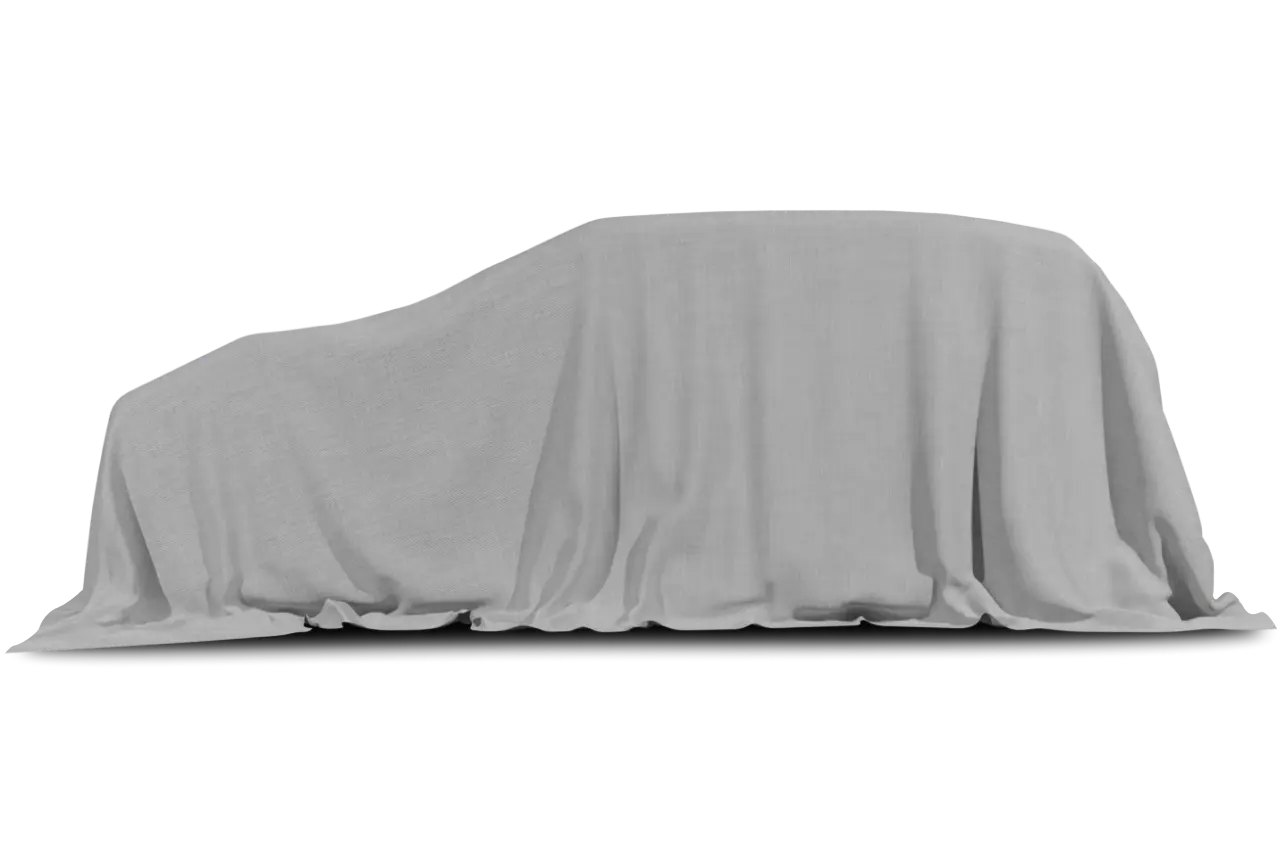
YORK It made no sense. I spent $128 on premium gasoline for a round-trip drive of 600 miles — 21.3 cents a mile for fuel alone for the 2007 Land Rover Range Rover Sport HSE.
There were other penalties. My favorite East Side garage charges $10 extra to park sport-utility vehicles. That was painful, but fair.
Sport-utility vehicles occupy more real estate than most cars. Real estate is valuable, especially in this city where a one-bedroom condominium can cost $2 million.
The Range Rover Sport HSE is a big sport-utility vehicle. It cost nearly $30 a night to park it here in a 24-hour protected garage.
Parking it on the street was next to impossible, especially in the East Village where my youngest daughter, Kafi, lives in a tiny apartment that costs a fortune. On the one occasion I found an on-street parking spot in her neighborhood, I had to pay the worry penalty.
“How much is that Range Rover?” Kafi asked.
“About 60,000 bucks,” I said.
Kafi looked concerned.
“Lots of cars are stolen around here,” she said. “Most people don’t park expensive cars on the street. Are you sure you want to leave it there?”
I wasn’t. But I was sure that, despite its consumptive nature and the many costs and concerns attached to that affliction, I loved the Range Rover Sport HSE — loved driving it, being in it, loved the overall feel, look, and even the smell of it.
Love blinds as effectively as war, often with similar unhappy results. But I could not resist the power, prowess and prestige of the Range Rover Sport HSE. Thus, I found myself in the nation’s busiest and arguably most congested metropolis in a vehicle that could scramble up mountains, ford streams, or, as demonstrated in a television advertisement, descend steps, enter subterranean tunnels, and drive 200 feet beneath the streets of Tokyo during rush hour.
The seductive word here is “could.” It appeals to the American sense of entitlement. It speaks to the American notion of preparedness, which says you should always have more than you’ll ever need or use just in case you need to use it.
Certainly, the Range Rover Sport HSE is one of the most capable sport-utility vehicles, on the road or off, available anywhere.
Depress and turn a rotary switch on the center console and automatically set the vehicle for maximum traction and handling on a variety of driving surfaces — dry pavement, wet or snowy roads, sand and gravel, mud or mountain rock climbing. Executives at Land Rover, the overseer for the Range Rover brand owned and controlled by Ford, call this their “terrain response” system. It works. I like it.
A “tilt control” technology enables the Range Rover Sport HSE to drive at a 35-degree angle with near-perfect traction. A “hill descent control” feature allows you to descend the steepest hills at a constant, safe, low speed. And despite its weight of 5,468 pounds and ground clearance of 8.9 inches, dimensions that could yield unwieldy top-heaviness, the Range Rover Sport HSE, with the proper terrain setting, is so remarkably stable and agile it truly lives up to the “Sport” part of its name.
Vehicles such as car-based tall wagons, which are combination station wagons and minivans masquerading as SUVs, have more seating and cargo space than the 4.4-liter, 300-horsepower V-8, four-wheel-drive Range Rover Sport HSE. The tall wagons generally are more fuel-efficient and city-friendly, especially in terms of parking, than the Range Rover or other truck-based sport-utility models.
But none of that matters when pride and lust for power take hold. You want a worldbeater, or at least a vehicle that looks and acts like one as long as there’s fuel in the tank. You want the Range Rover Sport HSE; or, perhaps, you’d prefer its even more powerful sibling, the Land Rover Range Rover Supercharged.
Go on. Enjoy. You can deal with the “power corrupts” issue later.





























.jpg)